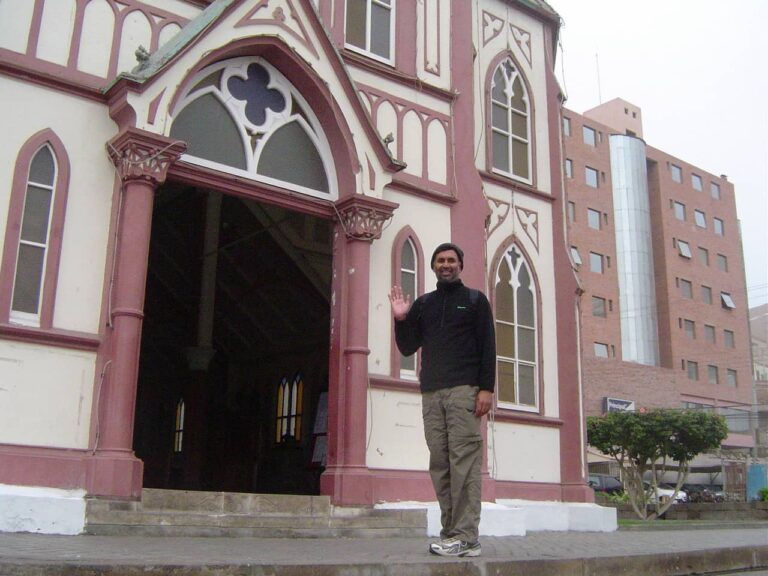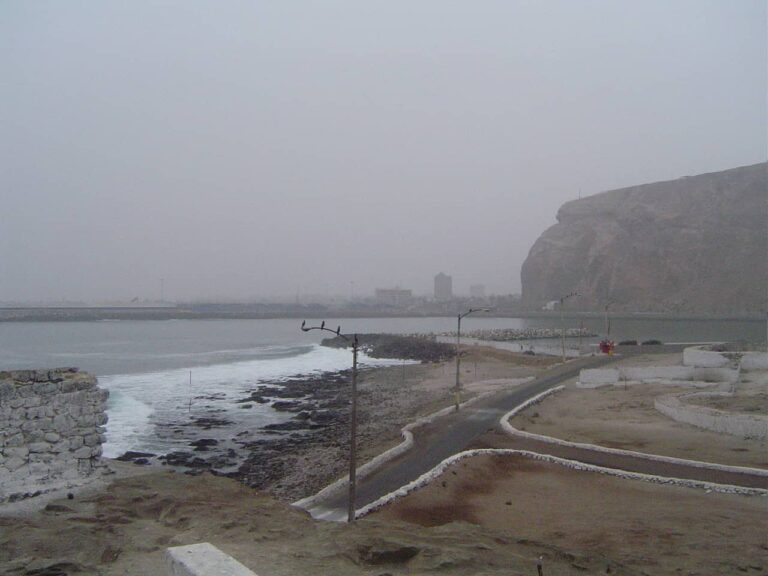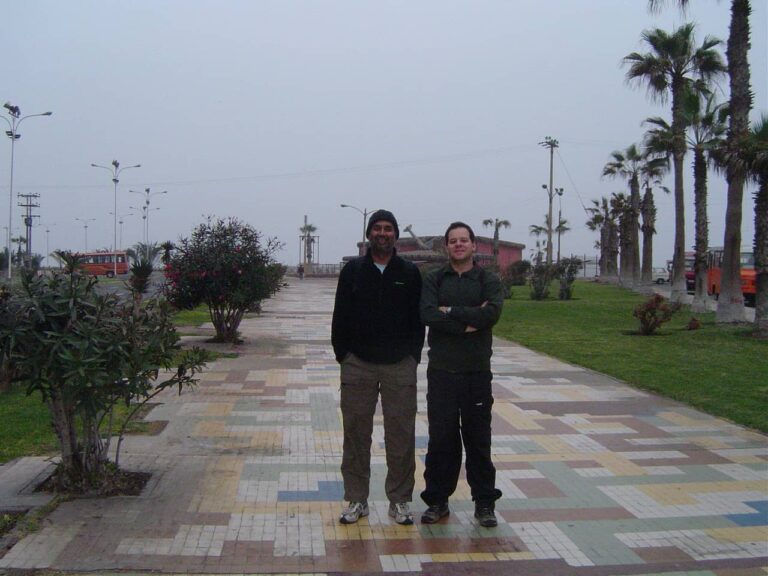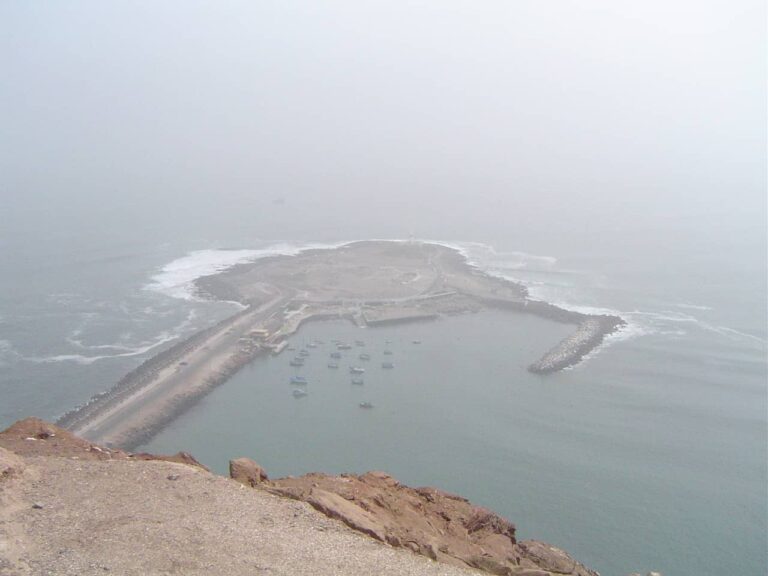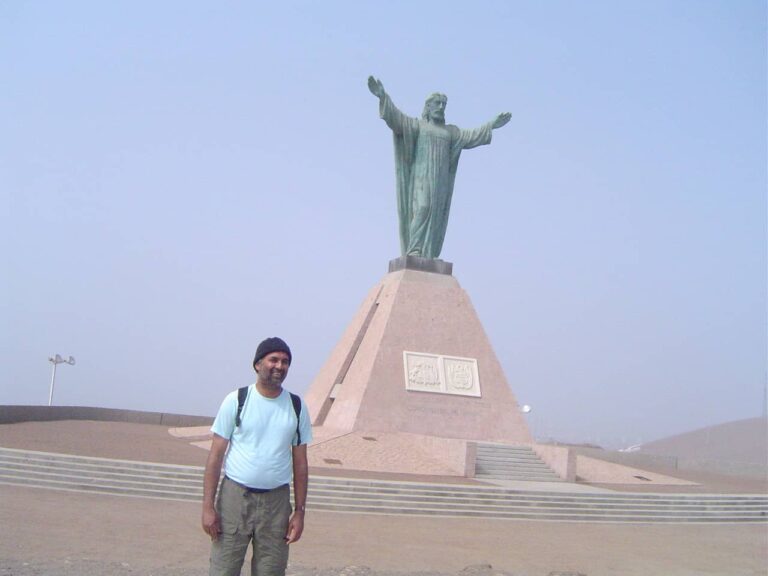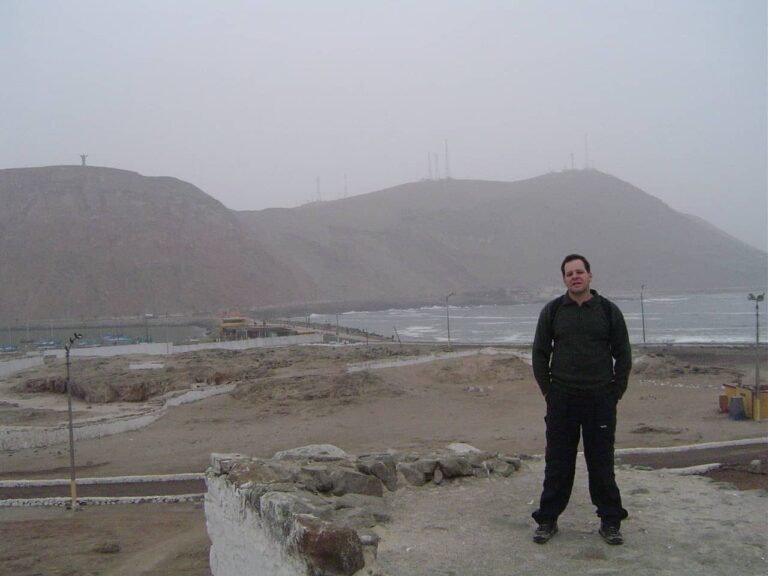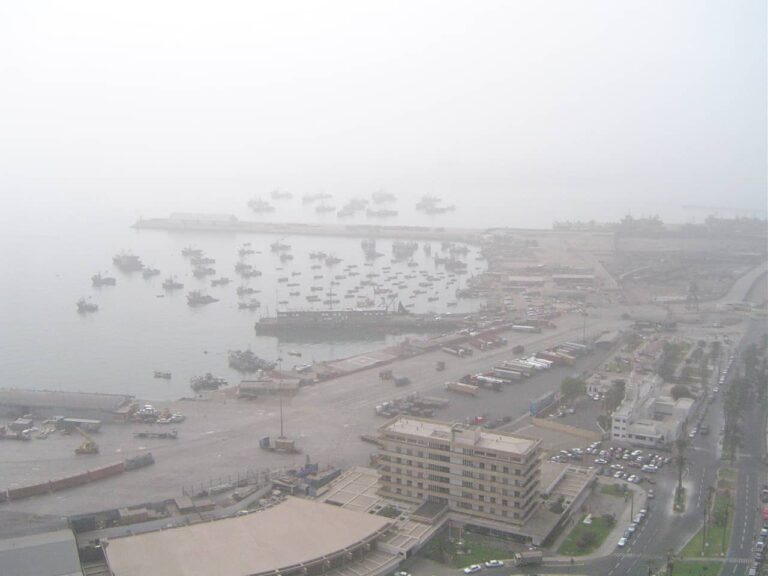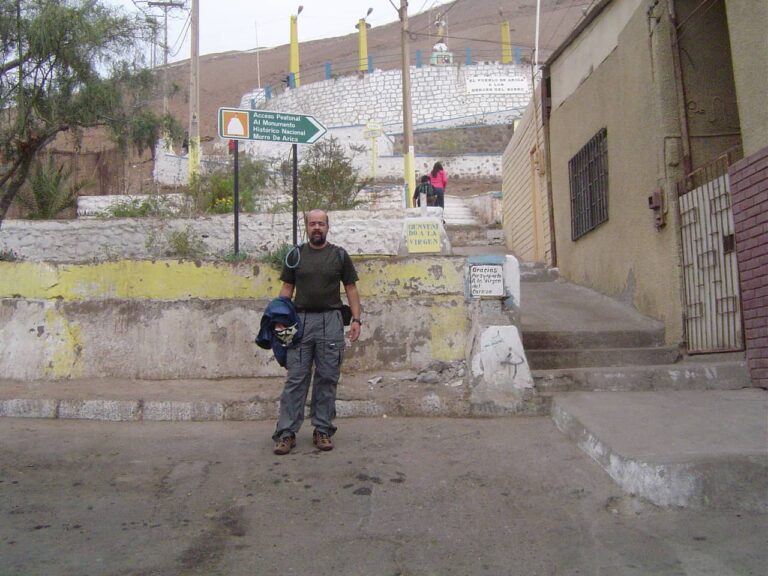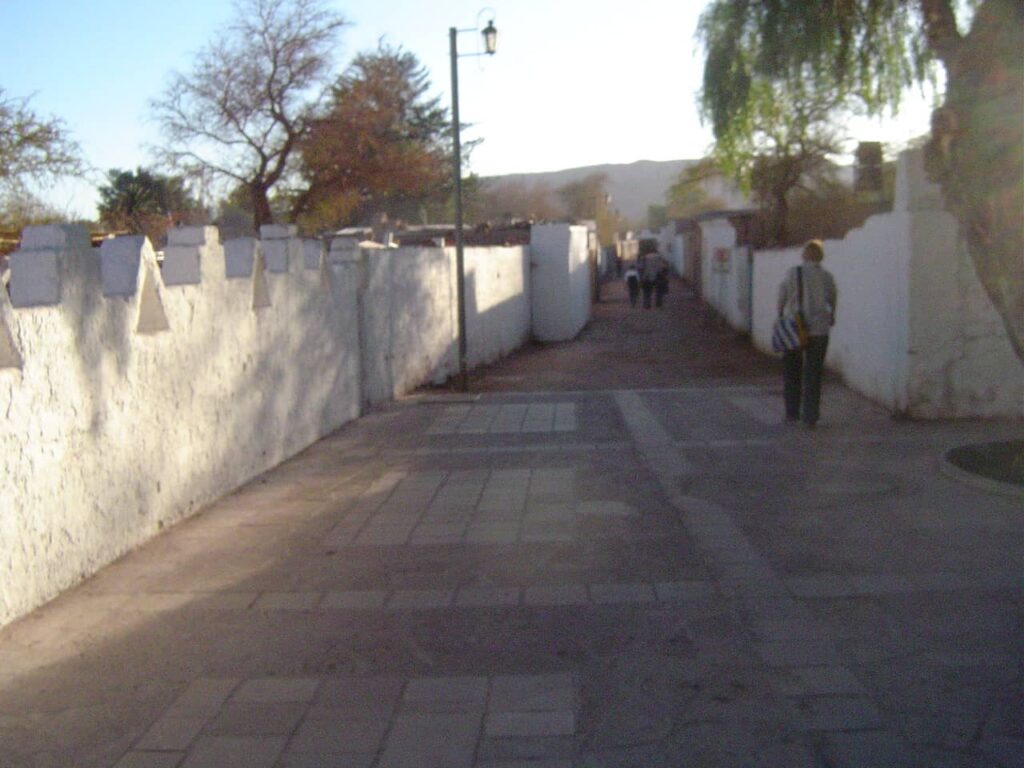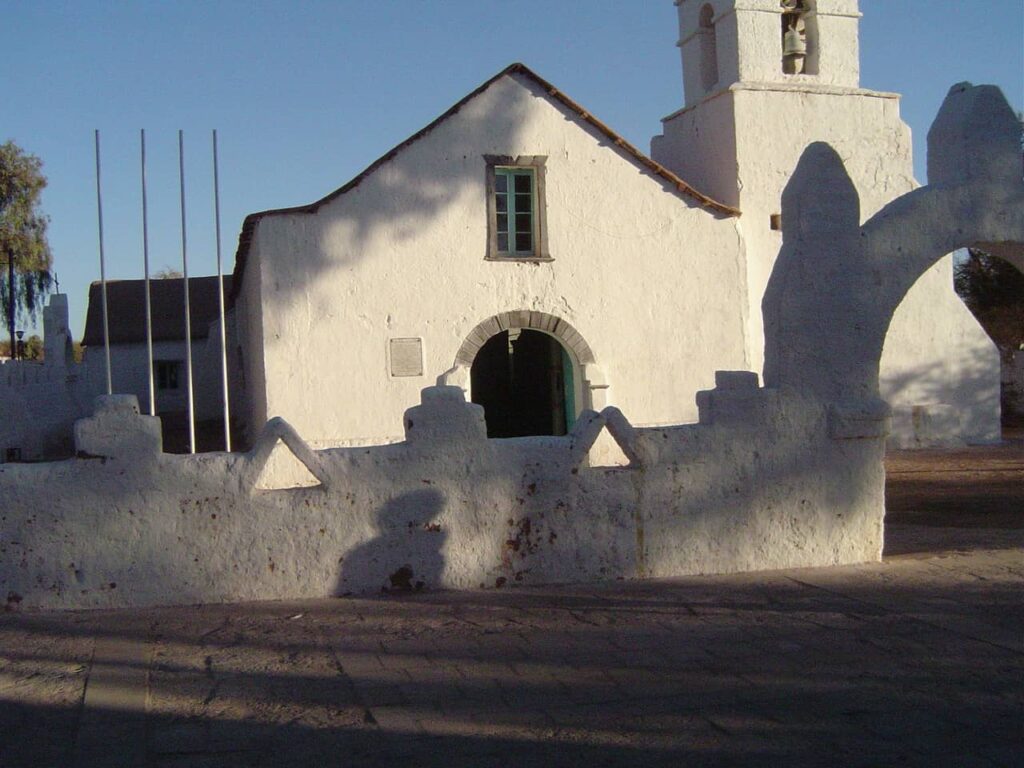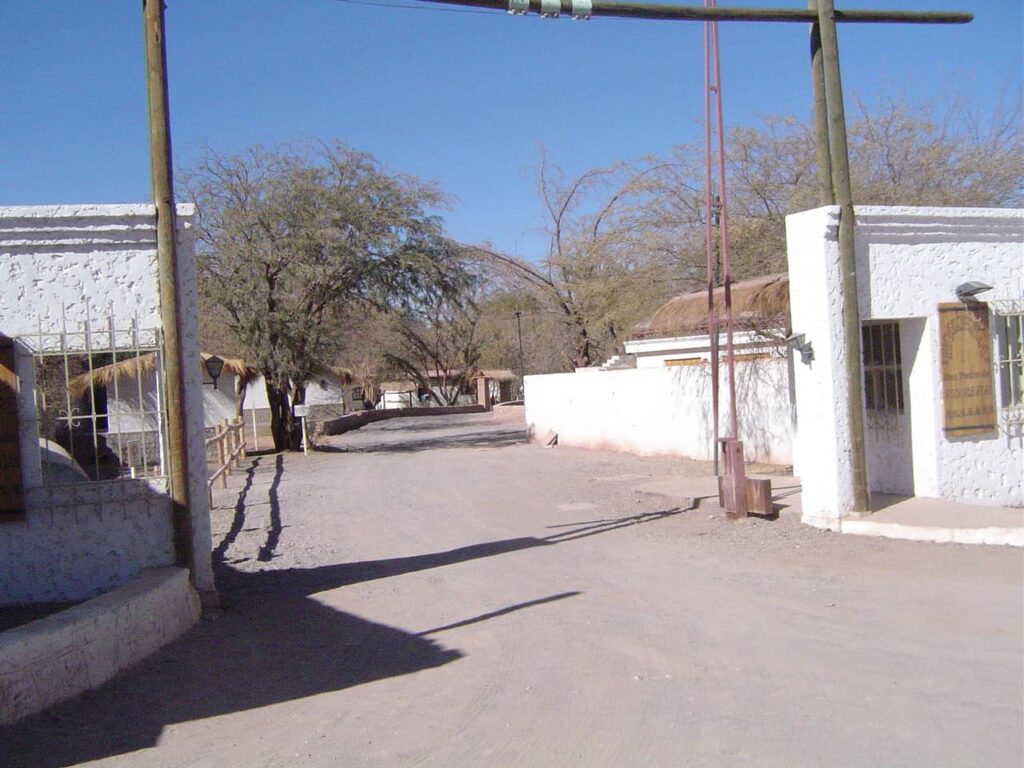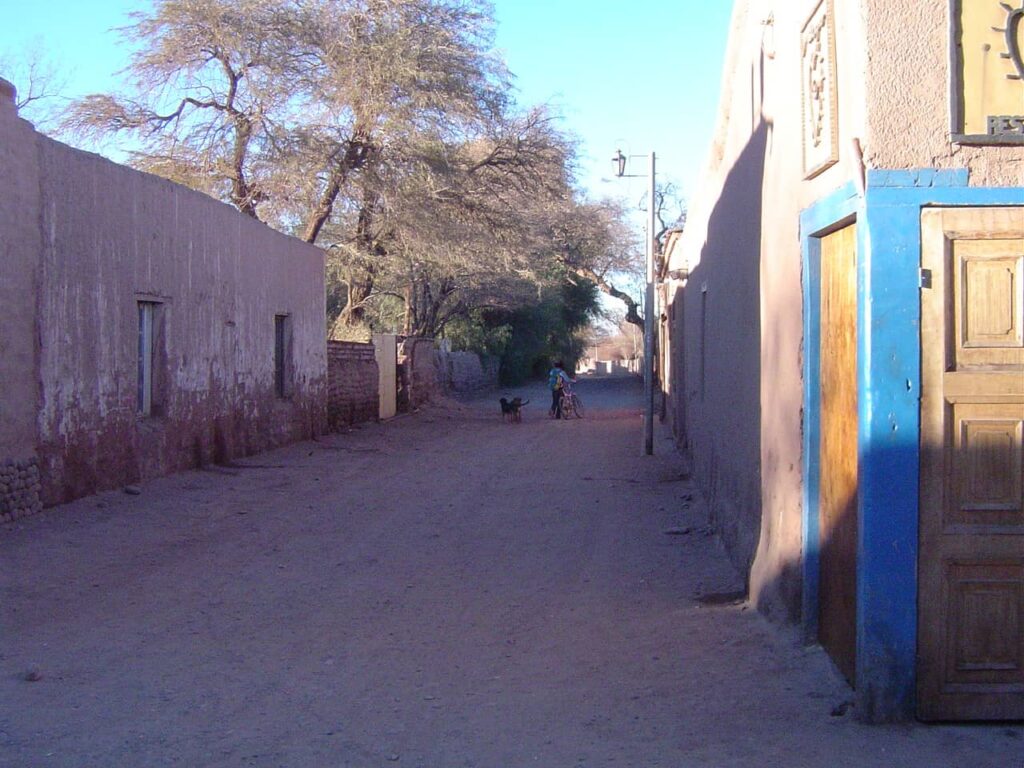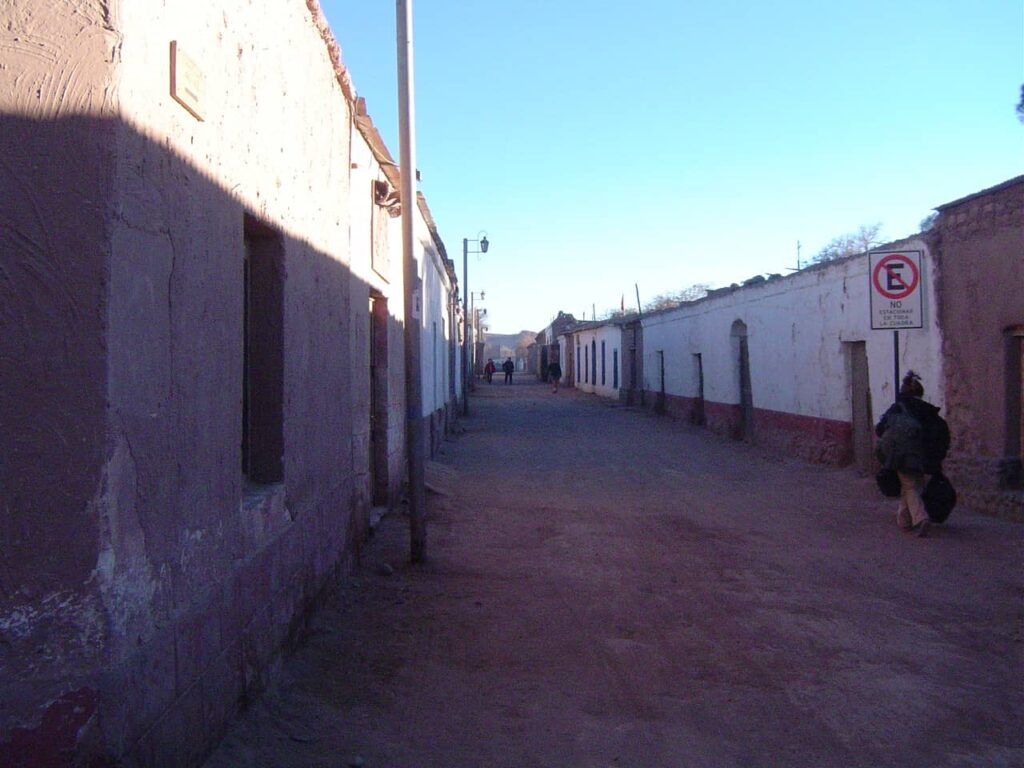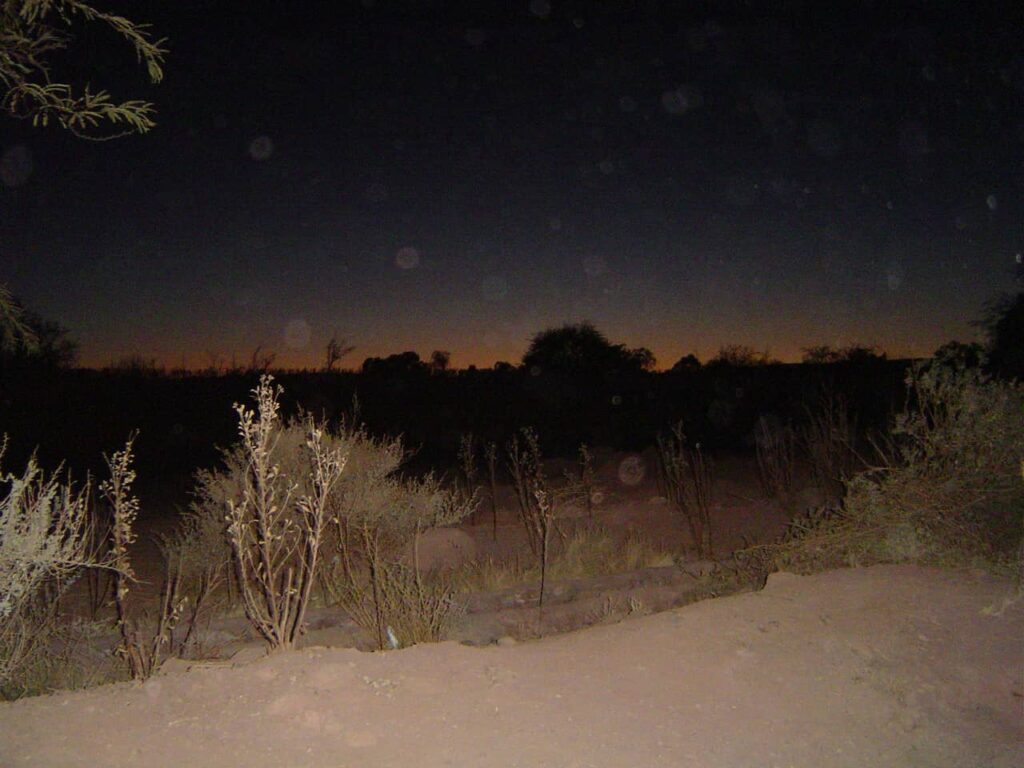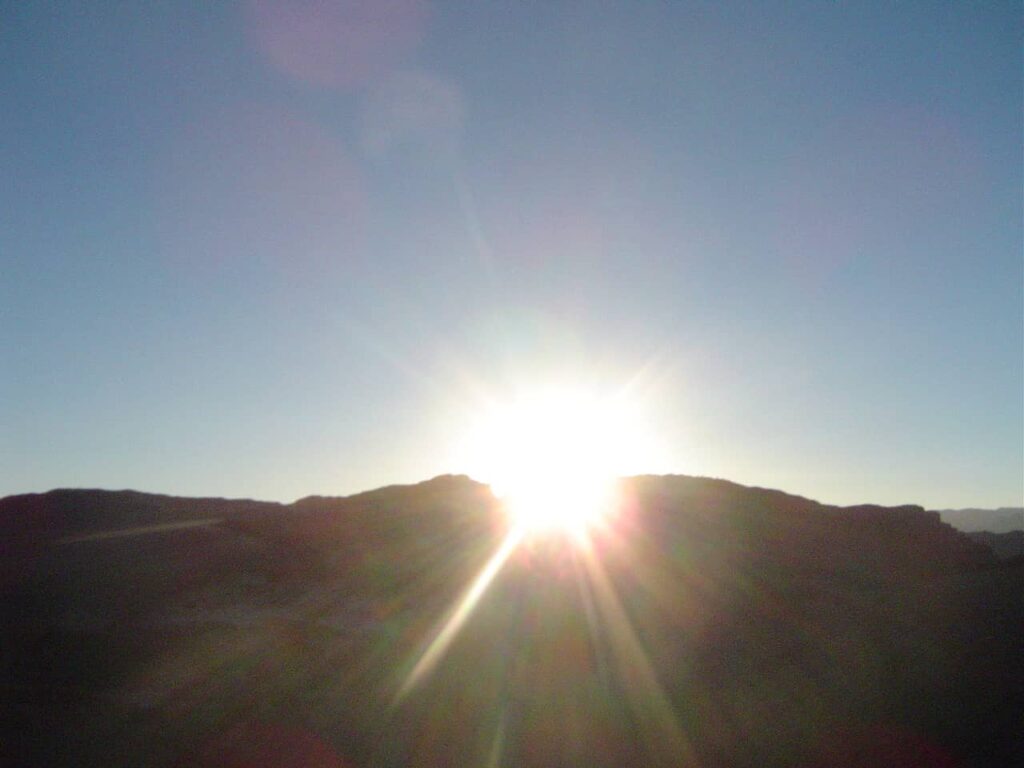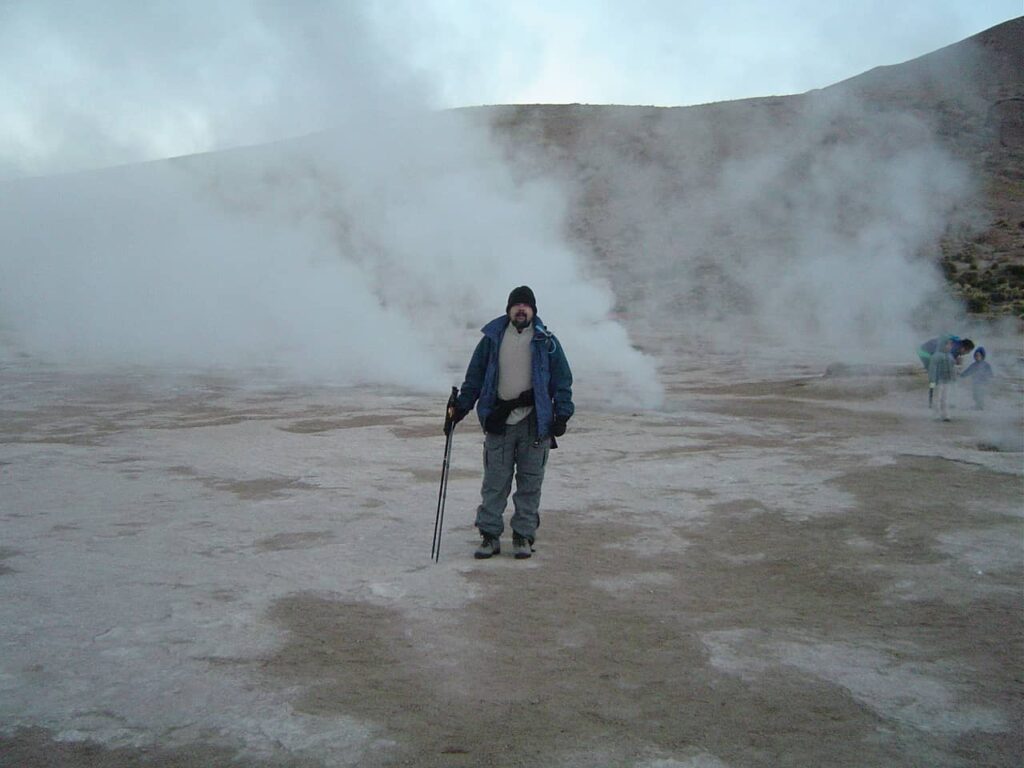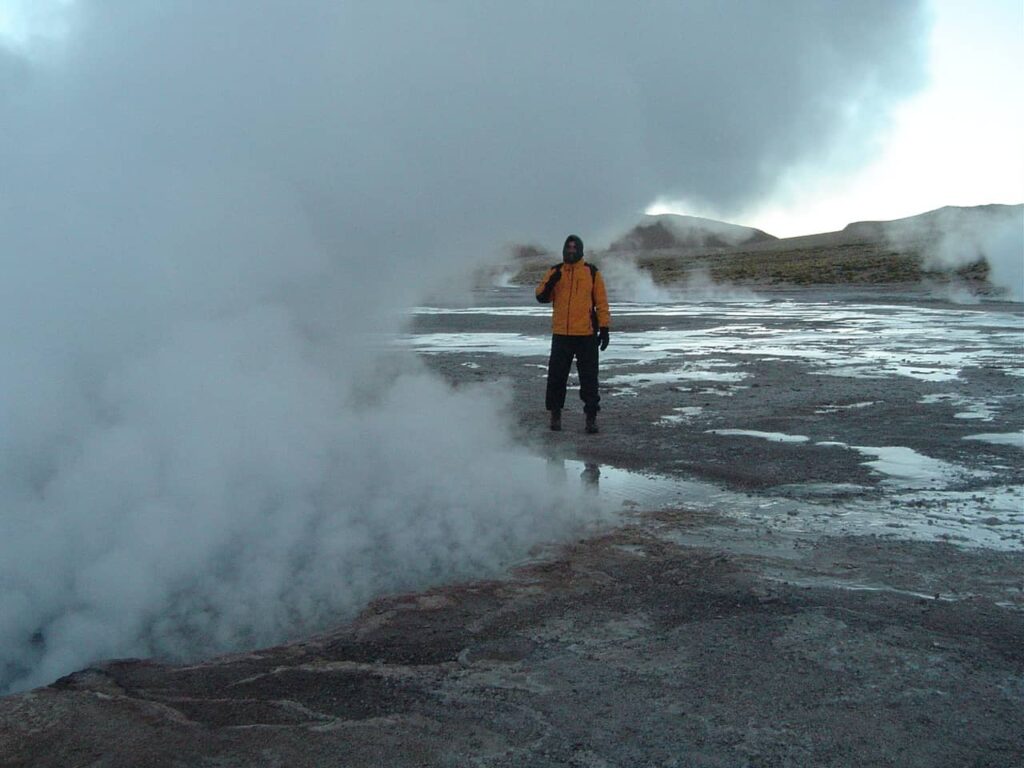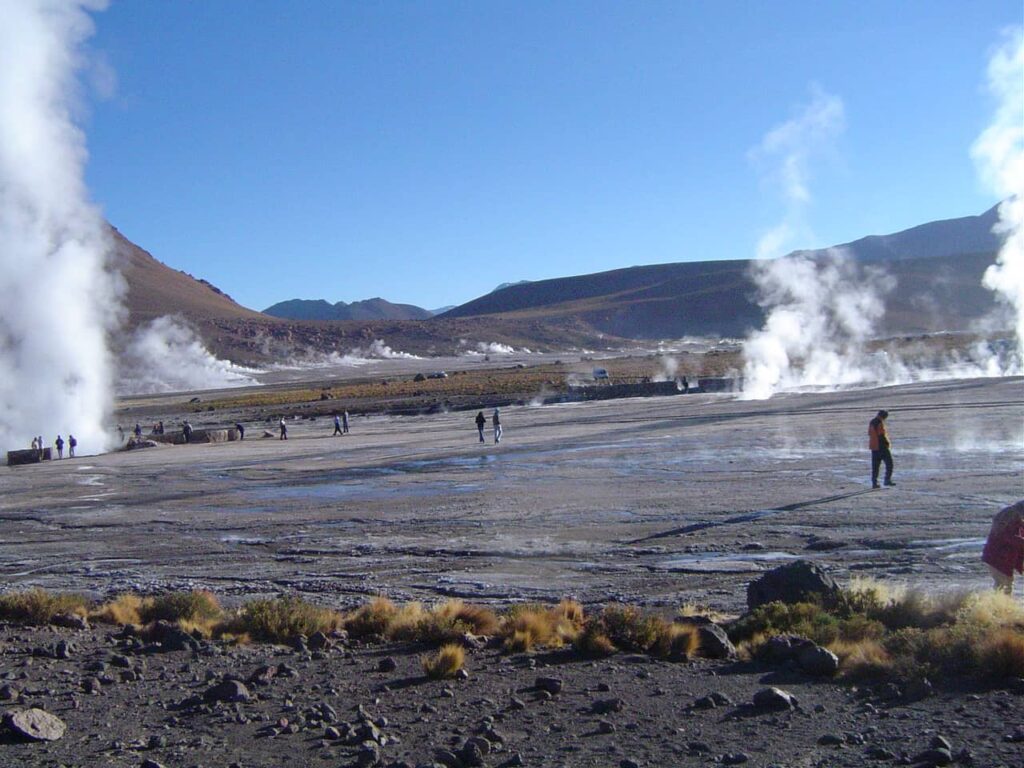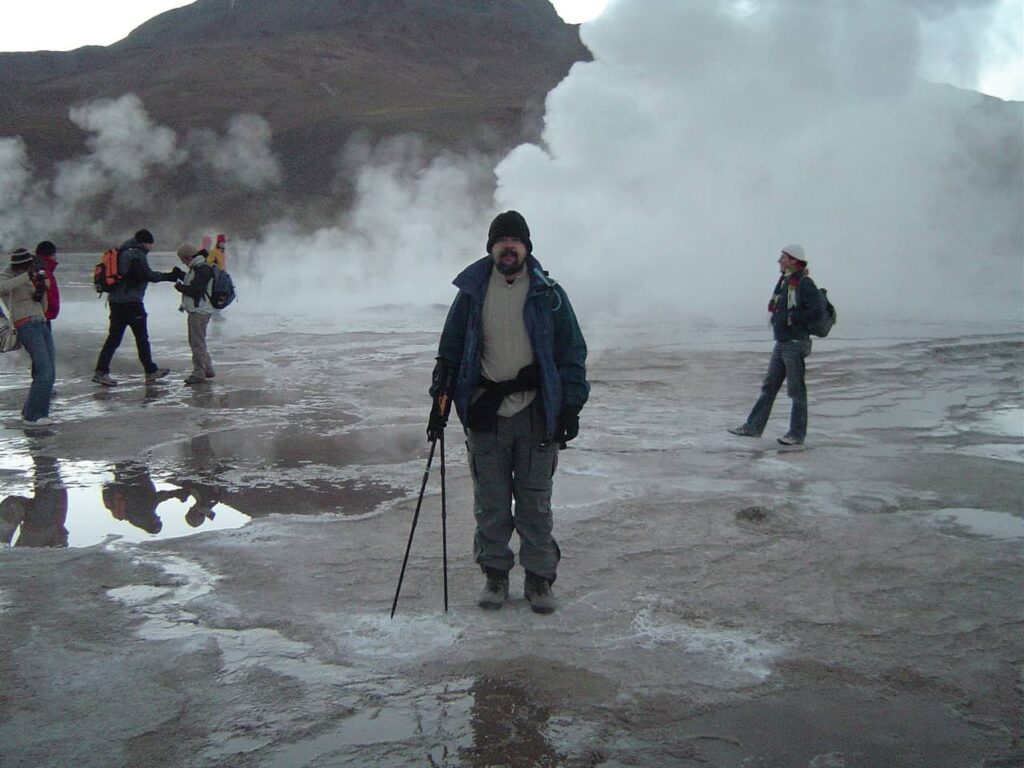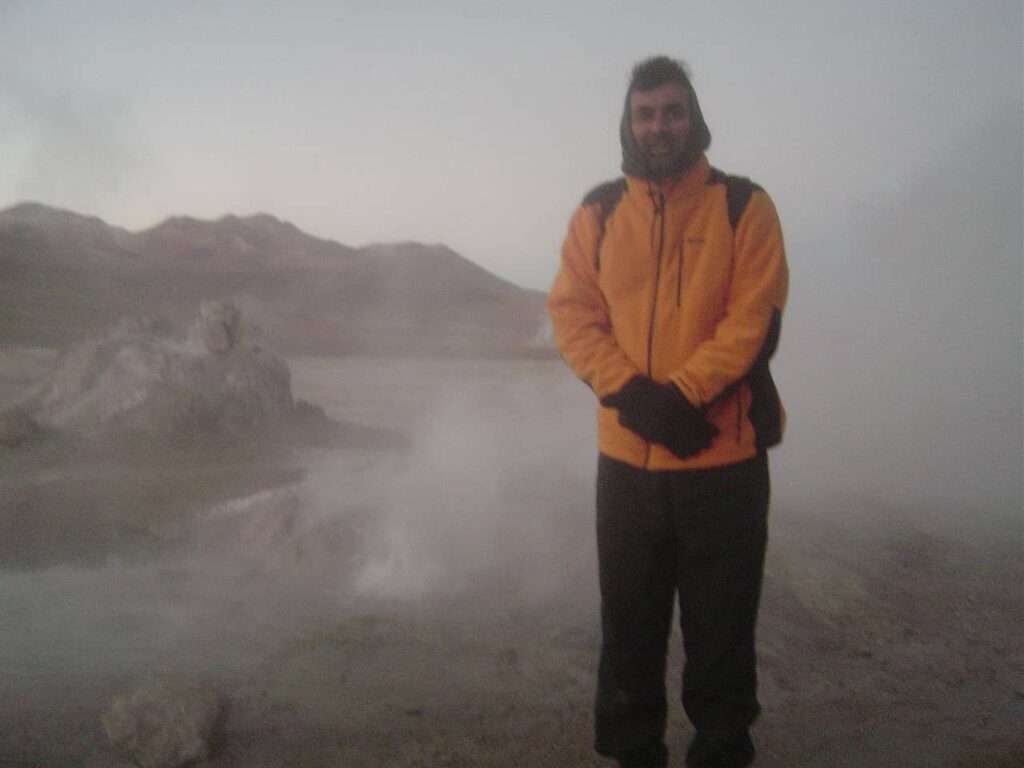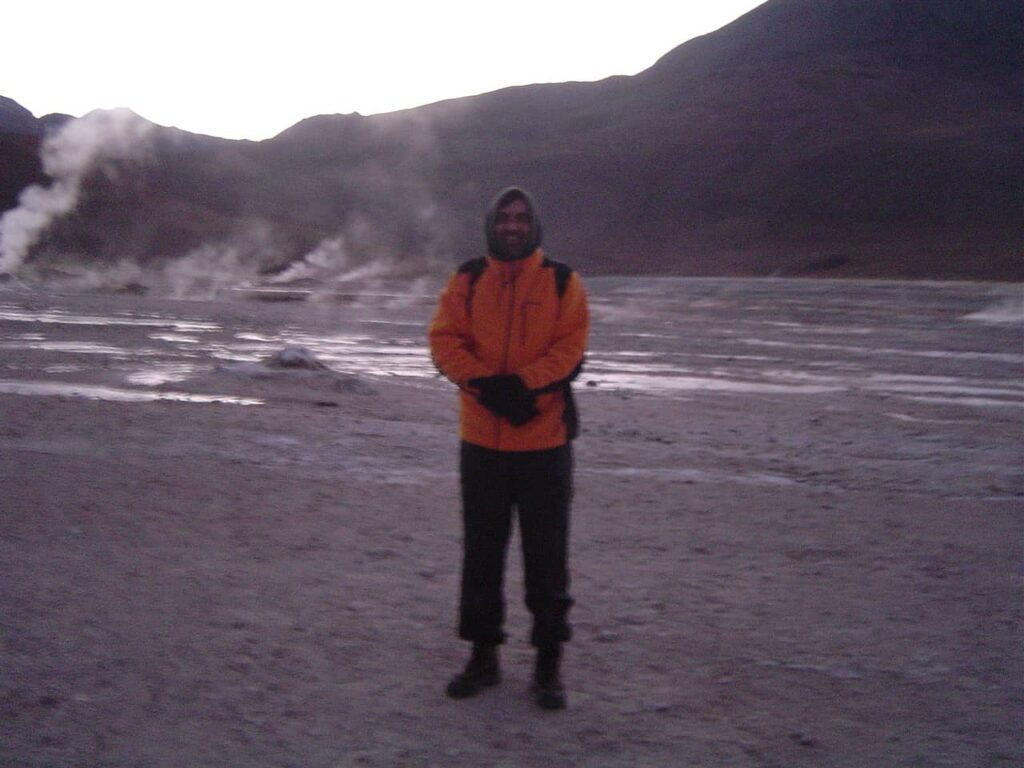Home » Destinations » San Pedro de Atacama
San Pedro de Atacama
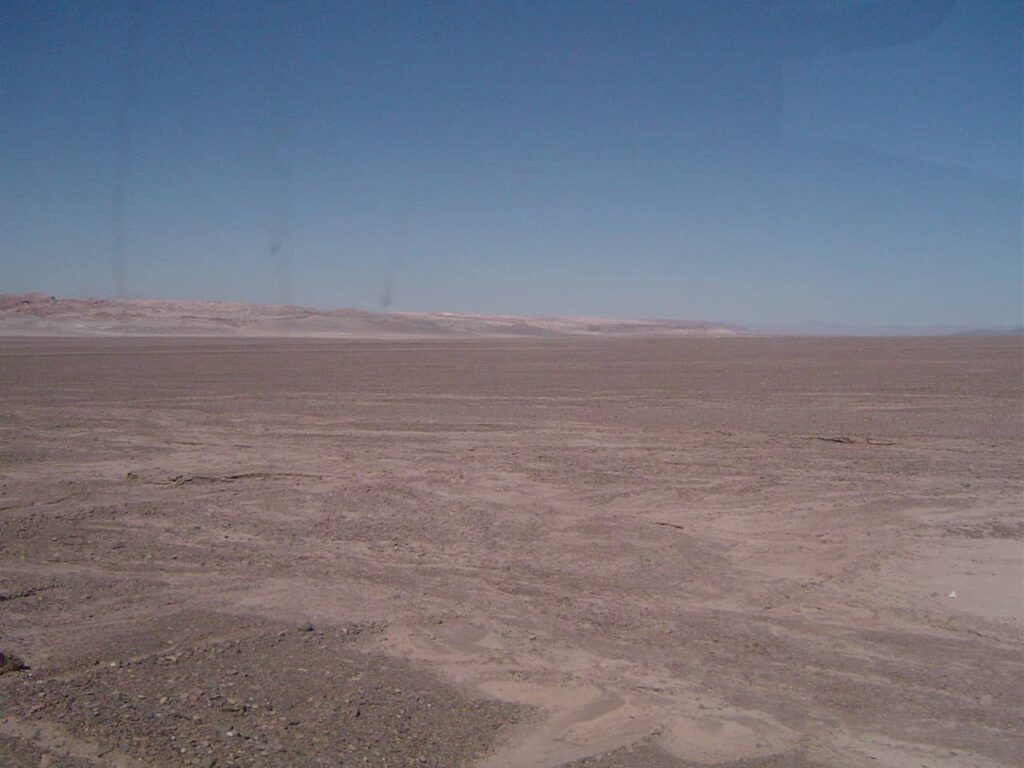
We arrive from Arequipa and Before Machu Picchu.
Our journey from San Pedro de Atacama to here had been reasonably comfortable, but well below the standards, we were used to.
For Raul, it had been a challenge. As what lay ahead was much simpler and this would be his last opportunity to leave, he decided to return to Brazil.
Ranji and I decided to continue.
The next day we went to see the city and get ready to go to Calama and then to São Pedro de Atacama.
Arica
It is the first Chilean city to come from Peru, in the extreme north of Chile, known as one of the driest cities in the world.
The sea here is more for surfers, very cold water, we went to visit the city center, the Vicuna Mackenna park going up to the top of El Morro which has a panoramic view of the city, the place was important during the War of the Pacific.
Close by is the Museo de Armas, which tells the story of the Pacific War, located on top of El Morro.
At the end of the night, we took a bus to Calama (duration 7 hours US$20.00) and then another to São Pedro de Atacama (duration 1.5 hours US$5.00).
San Pedro de Atacama
San Pedro is one of those small towns where it seems that time does not pass. There is no light on the streets, no asphalt, and very rustic houses. However, it has a good infrastructure for tourism, good restaurants, etc.
It is located on a very arid plateau in the Andes Mountains.
Dramatic landscape with desert, salt flats, volcanoes, geysers, and hot springs.
One of the most famous is the Valle de la Luna and de la Muerte a place that almost never rains with unusual rock formations, huge sand dunes, and mountains with pink stripes.
The ride between the valleys leaves you feeling like you are really on the moon. You can feel the dryness of the place.
The Salar de Atacama, the biggest of all
With an area of 3000 km², under its surface, there is a lake hidden by a crust of salt, which gives it its particular other appearance.
The area is inhabited by several species of birds, including the Chilean pink flamingo.
Tatio geysers.
We got up close to 4 o’clock in the morning to be able to arrive before sunrise.
The geysers are 80 kilometers from San Pedro on a very bad road, in addition to being 4200 meters high, they are impressive columns of steam that sprout from the earth.
It’s very cold, inside the Van it was bearable.
When they opened the Van and went outside, it was a shock it was -15 degrees.
I ran back to the Van and put on the rest of the clothes I had.
When I left it was possible to go closer to the geysers, where the temperature was much more pleasant.
The water reaches over 100 degrees celsius.
Our guide took the breakfast that was prepared with eggs, milk, and coffee in the heat of the waters of the geyser.
Now the hardest part of the trip is about to begin, it would be 4 days to the city of Uyuni, crossing the southern border of Bolivia and passing through salar de Uyuni.

